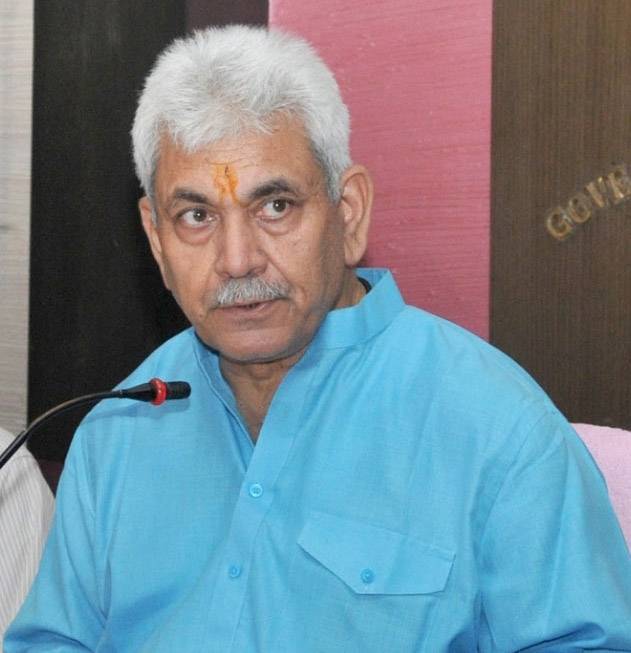Lieutenant Governor Manoj Sinha says the bottom-up approach has been adopted to map optimal strategy for socio-economic development, inclusive growth, reports Asian Lite News
With an eye to spur equitable development in the grassroots, Lieutenant Governor Manoj Sinha gave the nod to the Rs 12,600.58 crore District Capex Budget 2021-22. This allocation is more than double the previous year’s budget of Rs 5134.40 crore.
The Capex Budget for all 20 districts was approved during a high-level meeting, chaired by Sinha at the Civil Secretariat, with the active involvement of Panchayats, Block Development Councils (BDCs), and District Development Councils (DDCs) on Wednesday.
As per UT administration’s release, during the marathon meeting, 20 chairpersons of DDCs, and all Deputy Commissioners gave a brief overview of their respective district plans.
Highlighting the key features of the District Capex Budget, Sinha observed that the community need-based plan has been prepared which focus on a rapid rise in the standard of living of the people, employment opportunities to locals, ensuring better roads, potable water and electricity, tourism potential, empowering youth and determining other priorities as per public demand.
He said that the bottom-up approach has been adopted to map optimal strategy for socio-economic development, sustainable and inclusive growth at the grass root level, strengthening of basic amenities and development of human capital by solidifying health and educational institutions.
“Jammu and Kasmir is witnessing a new dawn. For the first time, after the detailed deliberations, a plan has been prepared with the collective efforts of the Panchayati Raj Institution’s and the administration. The active participation of the public and their representatives in the planning process has laid a strong foundation for the developmental plans at Gram panchayat, block, and district levels. The district plan preparations started at Panchayat level and through BDC, it finally reached the District Development Council (DDC),” Sinha said.
While congratulating the DDC, Block Development Committees, Sarpanches, Panches, officials of UT Administration for preparing the historic district development plan, Sinha maintained that the community-based planning will play a key role in the implementation of the development works.
“With this historic move, the three-tier Panchayati Raj system has been further empowered through funds, functions and functionaries in Jammu and Kasmir to cater to the developmental needs of the people through efficient mobilization of resources,” the Lt Governor said.
Sinha also directed the Deputy Commissioners (DCs) to take urgent action in order to tackle implementation constraints in infrastructure projects.
“More than 80 per cent of works taken up this year should be completed within 12-months with the true spirit of Jan Bhagidari and through the help of PRIs,” he told the DCs.
Sinha further asked the DCs and PRIs to focus on youth engagement, solid waste management, improving the health and education sector, provision of clean drinking water/irrigation facilities, better mobility, livelihood generation, and tourism and sports infrastructure.
He advised the DCs to maintain the connection with the public, besides sharing best practices for better and effective implementation of developmental works.
Sinha further informed that the UT administration is initiating District Evaluation Framework which will be finalised soon and the performances of the districts and their ranking will be published monthly. “An institutional mechanism will be put in place for monthly review of the progress in every district,” he added.
ALSO READ-The story of peace and development in Kashmir
READ MORE-Real Kashmir coach David Robertson honoured with BEM

Leave a Reply